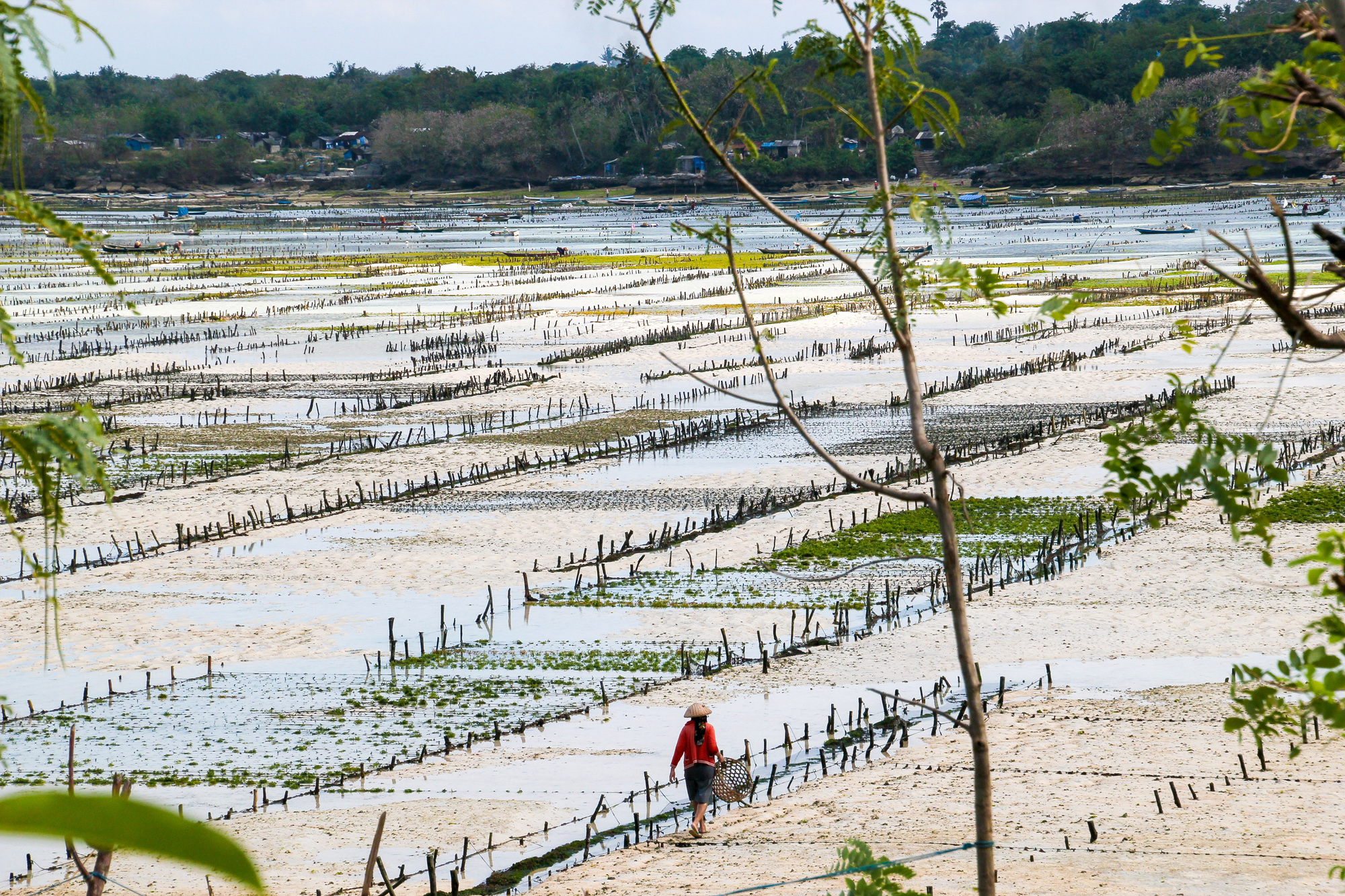Concepts
There are three key concepts to social-ecological systems (SES) analysis, multiple scales, multiple levels, and resilience. When analysing communities through a SES lens each of these key concepts should be addressed in order to understand how a community perceives and interacts with conservation.
Multiple Scales
This concept looks at the time (temporal) and space of an event or activity. For example, the way a community interacts with the environment will differ if the active fishing season is three months compared to the entire year (short and long temporal scales). Additionally, if you have two communities, one only fishes in their local bay and the other fishes in the entire ocean, there is a difference in the spatial scale which could effect how these communities view and interact with conservation. Another common use of the scale concept is comparing large scale and small scale activities or events. For example, comparing large and small scale fisheries allows researchers to focus on different aspects of these two fisheries.
Multiple Levels
Multiple levels refers to the point along a scale or a unit of analysis within a scale. For example, on the special scale a community marine protected area (MPA) would be at a small spatial scale compared to a large high-sea MPA. The concepts of multiple levels can also refer to governance. High-level government policies should enable innovation and conservation success at a community scale, while low level community practices can drive change at higher levels. Analyzing a community through a social-ecological system lens means examining cross-scale linkages and environmental governance. This leads to an understanding of the interplay between high-level enabling policies and approaches and local-level environmental initiatives.
Resilience
In social-ecological systems, resilience refers to the ability of a system to maintain overall function and structure, despite unexpected shocks to that system. The term social-ecological resilience specifically looks at how resilience, or its absence, affects all aspects of a social-ecological system.

For more detailed information concerning the concepts of SES see pages 2-7 in our SES guidebook “Analysis of Social-Ecological Systems for Community Conservation.”
Previous: Introduction  Next: Frameworks
Next: Frameworks


